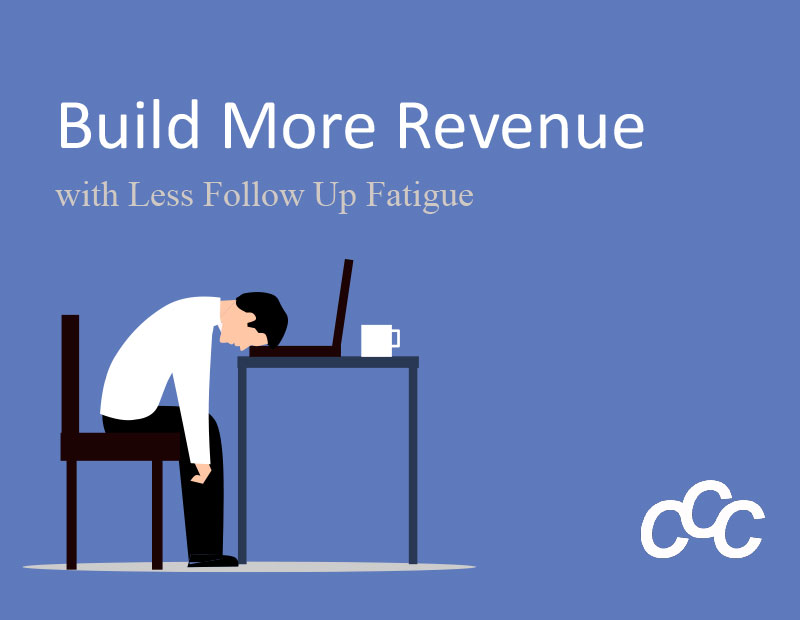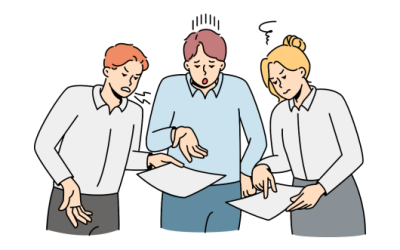Imagine the great feeling when sales are growing. Think about when sales stop growing. What causes both?
Lead Generation and Lead Management
Lead Generation captures the interest of potential customers (leads) at the top of the sales funnel. Its focus is quantity. Lead Management qualifies, nurtures, and converts leads into paying customers. Its focus is quality.
Both need to work together so qualified leads are identified and converted to sales.
Lead Generation Failure
Many businesspeople have a hard time: Describing their ideal client and following up consistently. Both impact sales.
Your ideal client description uses specific client attributes. Often, I hear “I provide IT support for anyone.” IT is but an example as many salespeople use “anyone.” General descriptions do not provide foundations for marketing and sales.
Follow up starts with marketing and continues with sales:
- Marketing uses its tactics to form impressions on the ideal prospect as defined by the ideal client.
- Sales uses its tactics to build the buyer’s comfort, reduce the buyer’s risk perception, and make a sale.
Marketing to the wrong prospects leads to failure and burnout. Lack of follow up with the ideal prospect also leads to failure.
Rose Public Relations
Jack Rose owns Rose Public Relations (RPR), employs 7 of which 2 are salespeople. The firm’s sales have flattened for 2 years, and Jack is concerned. Two areas for improvement were:
- Marketing campaigns were broad and unfocused, attracting inquiries from companies not meeting minimum requirements.
- Sales leads were not prioritized nor tracked. Follow up methods were unique to each salesperson and included spreadsheets and sticky notes.
Jack realized RPR needed to formalize its marketing and sales processes.
RPR’s Transformation
Jack invited employees to meet and:
- Describe their ideal client.
- Set up marketing and sales tactics to meet the needs of their ideal client.
Over 30 days, they defined their ideal client and the methods for lead qualification.
To describe their ideal client, they analyzed their 5 best clients to learn: What made them best, how they acquired the client, and what organizations and social media channels they frequented.
Jack knew that qualified prospects met criteria for Budget, Authority, Need, and Timeline (BANT). Marketing’s needed to attract prospects with interest because they had needs. Sales had to prioritize leads based on BANT.
RPR’s Results
Marketing focused on campaigns using high-intent keywords and channels where decision-makers in target industries were active. Sales used questions to identify scope, budget, decision-making, and timeline.
The team used a CRM to organize its sales processes, segment their leads, and trigger automations to reach their best prospects.
Within 6 months, lead quality and conversion rates improved. The length of RPR’s sales cycle went from 45 days to 30 days. Revenue became more predictable, supporting sustainable growth
Whether you are a retailer, distributor, contractor, or service provider, building your sales pipeline with qualified leads will increase your sales with less hassle.
As Jack said, “The CRM keeps us ahead of the game.”
Want More Sales with Less Hassle?
I Invite You to Meet





